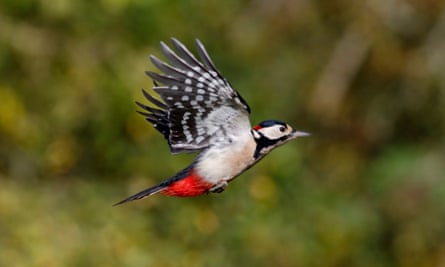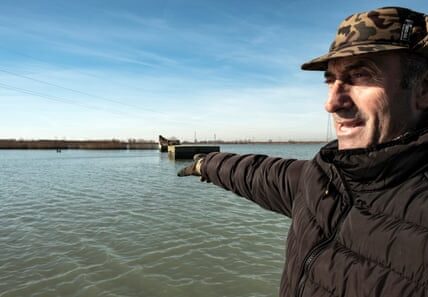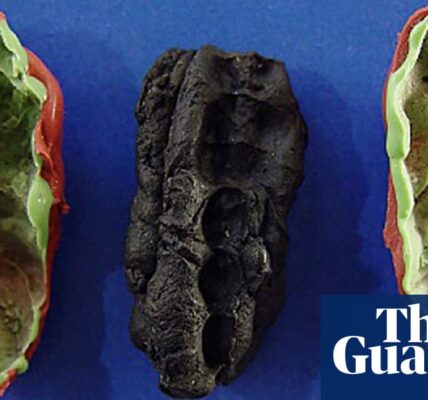The population of grouse and kestrels is declining due to the impact of the climate crisis on Scottish wildlife.
A recently published report has discovered that several well-known bird species in Scotland, such as grouse and kestrels, are experiencing a decrease in population due to the effects of climate change.
The NatureScot organization conducted a study on the populations of terrestrial breeding birds in Scotland from 1994 to 2022. The results showed notable shifts in both the quantity and types of birds residing in urban, woodland, upland, and farmland environments. These changes can be attributed, at least in part, to the increasingly warm and wet climate caused by the ongoing crisis.
Certain species have experienced a growth in their numbers as a result of warmer summers, drawing in individuals who would not typically migrate to Scotland. This includes the great spotted woodpecker, whose population has risen by over 500%, as well as bullfinches and wrens, which have both seen a boost of more than 50%.
According to NatureScot, certain birds are finding Scotland to be a safe haven from climate change, as the rising temperatures are more suitable for species accustomed to warmer climates.
The willow warbler is a type of bird that typically breeds in Europe and then migrates to southern Africa during the winter season. However, in Scotland, the population of this bird has grown by over 50% since 1994.
In Scotland’s farmland, the populations of certain species, such as goldfinches and magpies, have doubled since 1994.

However, there has been a consistent decrease in the population of certain species since the 1990s. The black grouse, kestrels, greenfinches, and lapwings have all experienced a decline of more than 50%, which can be attributed to various factors such as higher levels of precipitation in the summer, the growth of forests, and alterations in land management techniques.
Oystercatchers, rooks, and skylarks are all experiencing a decrease in population, along with the capercaillie – a type of large woodland grouse that is protected in Scotland but has been on the brink of extinction for the past two decades. This decline is believed to be connected to changing temperatures and rainfall patterns. Out of the 66 monitored species, only four have maintained a stable population over the course of 28 years.
Simon Foster, an analyst for NatureScot who studies trends and indicators, stated that climate is a major factor influencing the changes seen in Scotland’s breeding bird population.
Foster explained that this report predicts the impact of today’s weather on bird populations in the years to come.
“As severe weather events like floods and heat waves become increasingly common, it is imperative that our efforts to enhance Scotland’s natural environment and ecosystems are guided by the most current scientific research in order to achieve optimal outcomes.”
Ignore the advertisement for the newsletter.
after newsletter promotion
Foster stated that in order to reverse and restore declines, efforts such as expanding woodland diversity, implementing peatland restoration projects, and farmers creating new habitats must be intensified in the future.
Breeding birds on land are known to be reliable indicators of biodiversity as they are sensitive to habitat changes. In Scotland, their population sharply decreased between 2021 and 2022, despite warm temperatures, potentially due to the region’s driest summer in 25 years, according to researchers.
According to Catherine Gee, the deputy chief executive of Keep Scotland Beautiful, the changing climate in Scotland is visibly affecting nature. This includes a range of species such as birds, insects, and mammals, as well as the plants and trees that are often overlooked.
She stated that it is crucial for us to motivate individuals to engage with nature and incorporate biodiversity into their daily lives, especially in urban areas and underprivileged communities.
Source: theguardian.com



